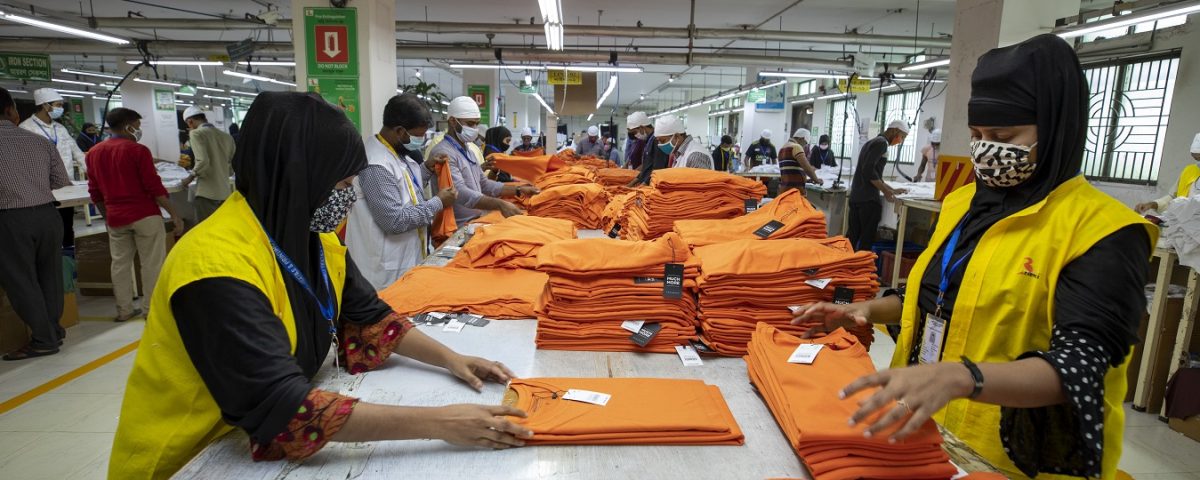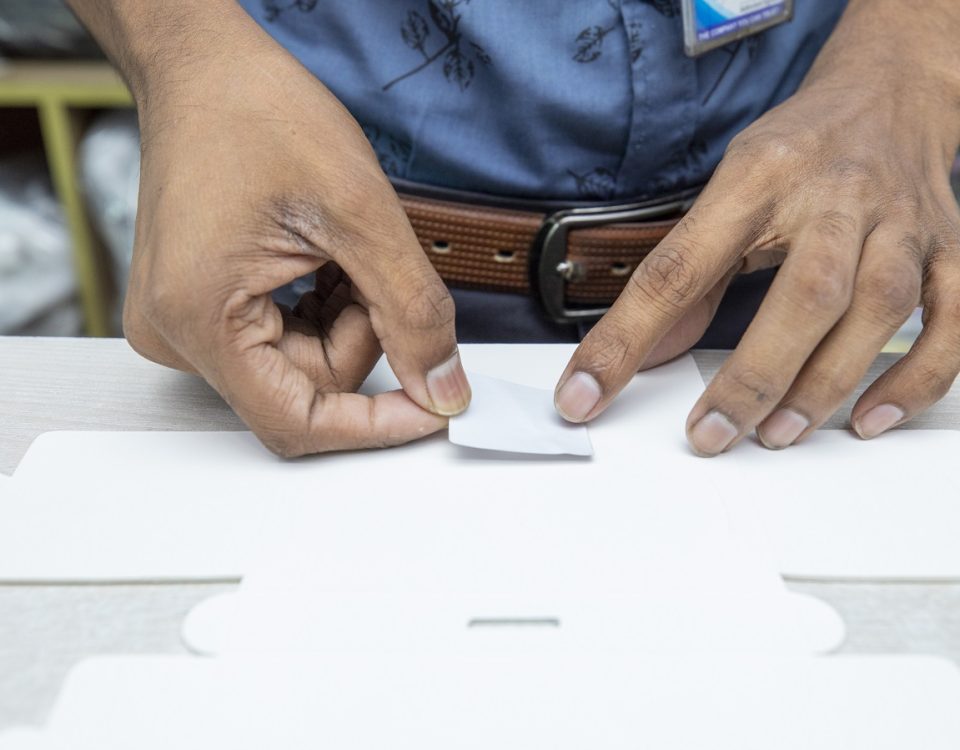
The Promising Progress of the Textile Industry
December 4, 2022
A delegation of Kuwait Armed Forces visited Barnali Collections Ltd.
December 12, 2022In a world increasingly concerned about the environmental impact of industries, textile companies have stepped up to the plate by initiating green projects aimed at reducing their carbon footprint, conserving resources, and adopting sustainable practices. This transformation is not just about adopting a trendy buzzword; it represents a fundamental shift towards responsible and eco-friendly manufacturing. Let’s delve into how these textile companies are weaving sustainability into the very fabric of their operations.
1. Sustainable Sourcing:
The first step in any green textile project is rethinking the sourcing of materials. Traditional textile manufacturing often relied on resource-intensive processes and non-renewable materials. However, forward-thinking companies have turned to eco-friendly alternatives. They now source materials such as organic cotton, bamboo, and recycled polyester to create textiles that are not only eco-friendly but also high in quality. These materials reduce the environmental impact by requiring less water, energy, and pesticides during production.
2. Energy-Efficient Manufacturing:
Textile manufacturing is notorious for its energy consumption. Green projects in this industry prioritize the reduction of energy consumption through innovative technologies. Companies are increasingly investing in energy-efficient machinery, implementing LED lighting systems, and adopting renewable energy sources like solar and wind to power their facilities. This not only cuts their operational costs but also reduces their carbon footprint significantly.
3. Water Conservation:
Water is a precious resource, and textile manufacturing has historically been a major water consumer. Green projects aim to minimize this impact through closed-loop water recycling systems and the use of eco-friendly dyeing and finishing processes. These efforts reduce water wastage and the release of harmful chemicals into water bodies, promoting responsible water stewardship.
4. Sustainable Practices in Supply Chains:
Sustainability in the textile industry extends beyond the factory walls. Textile companies are increasingly focusing on ethical and sustainable practices throughout their supply chains. This includes ensuring fair wages and safe working conditions for employees, as well as monitoring and minimizing the carbon footprint associated with transportation and distribution.
5. Circular Economy Initiatives:
A significant shift in the textile industry’s sustainability efforts involves transitioning from a linear production model to a circular one. Companies are increasingly exploring recycling and upcycling options to reduce textile waste. Some are even designing products with end-of-life considerations, making it easier for consumers to recycle or repurpose clothing and textiles.
6. Eco-Friendly Innovations:
Innovation is at the heart of green textile projects. Researchers and manufacturers are constantly developing eco-friendly alternatives to traditional textiles and processes. This includes creating textiles from agricultural waste, developing biodegradable fabrics, and experimenting with low-impact dyeing techniques. These innovations not only benefit the environment but also drive the industry forward.
7. Transparency and Accountability:
Textile companies are also recognizing the importance of transparency and accountability in their green projects. Many are now providing detailed information about their sustainability efforts, allowing consumers to make informed choices about the products they purchase. Certifications like Global Organic Textile Standard (GOTS) and OEKO-TEX Standard 100 are becoming more common, ensuring that textiles meet specific environmental and social criteria.
Conclusion:
The green projects undertaken by textile companies are not just a trend; they represent a fundamental shift towards a more sustainable and responsible industry. These initiatives are vital for mitigating the environmental impact of textile manufacturing, conserving resources, and promoting ethical practices. Consumers also play a crucial role in this transformation by supporting companies that prioritize sustainability. As textile companies continue to stitch sustainability into the fabric of their operations, the future of the industry looks brighter and greener than ever before.



